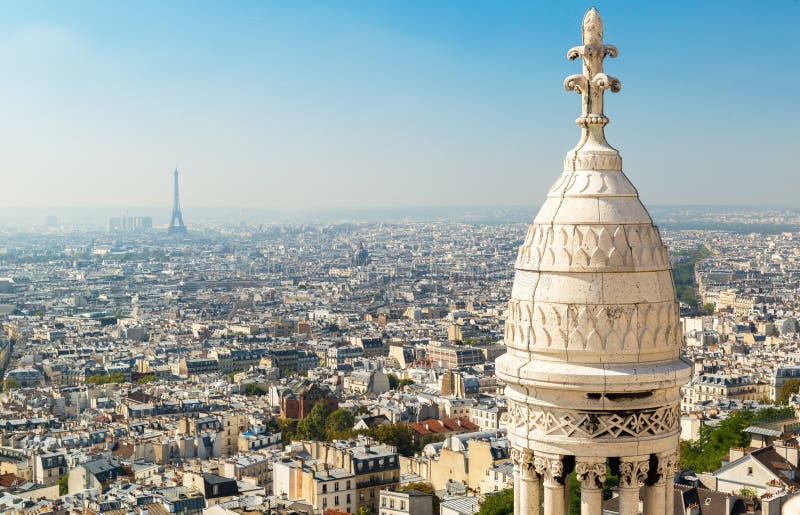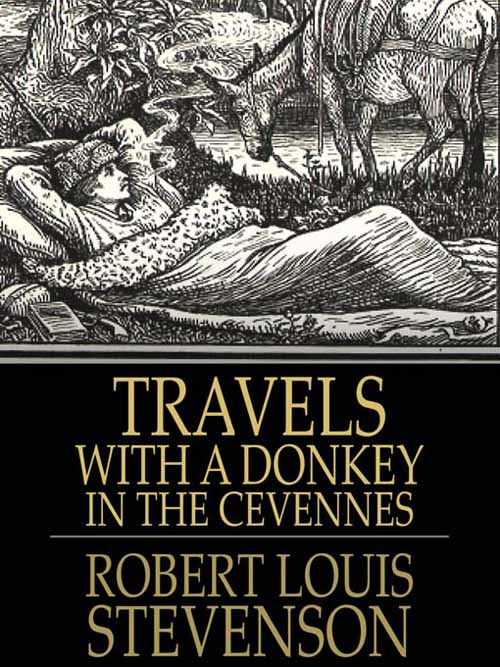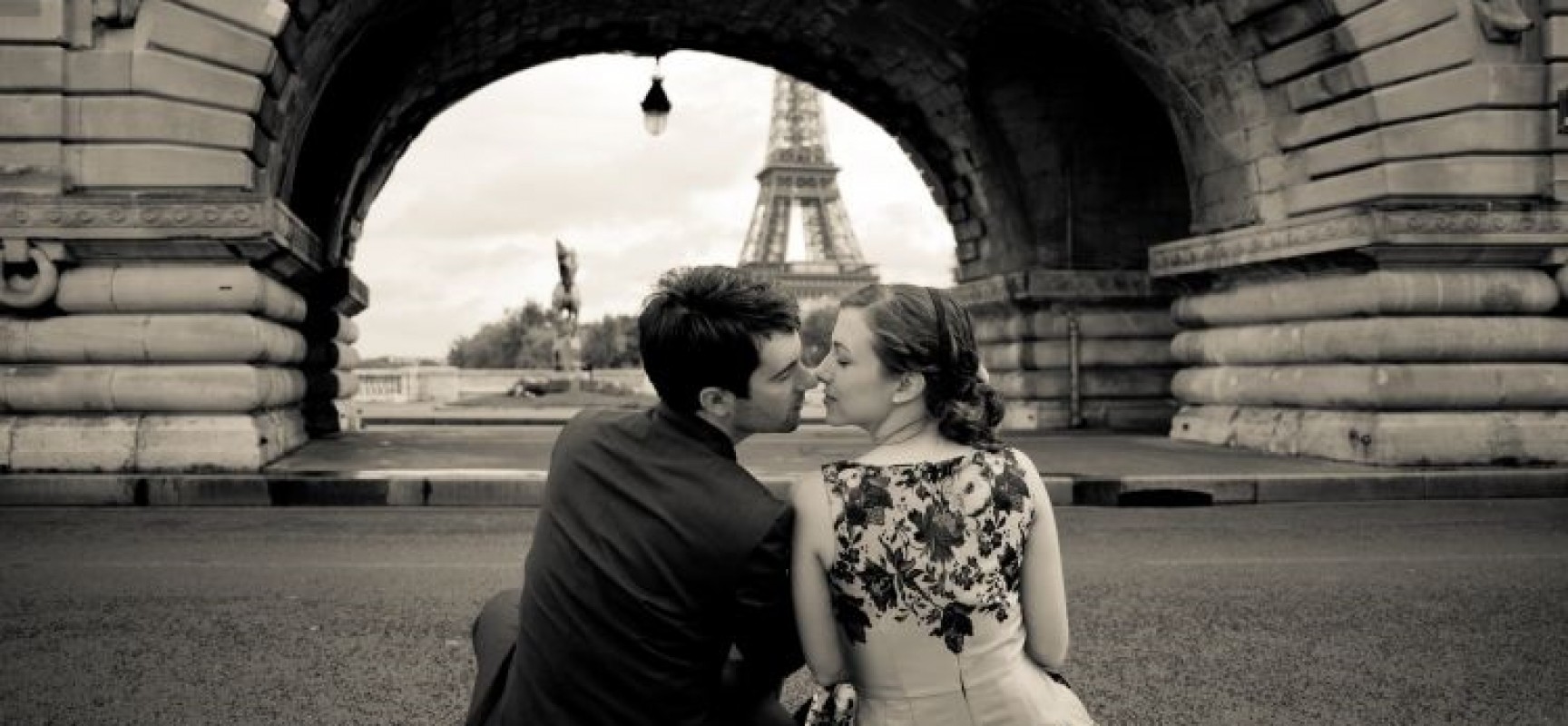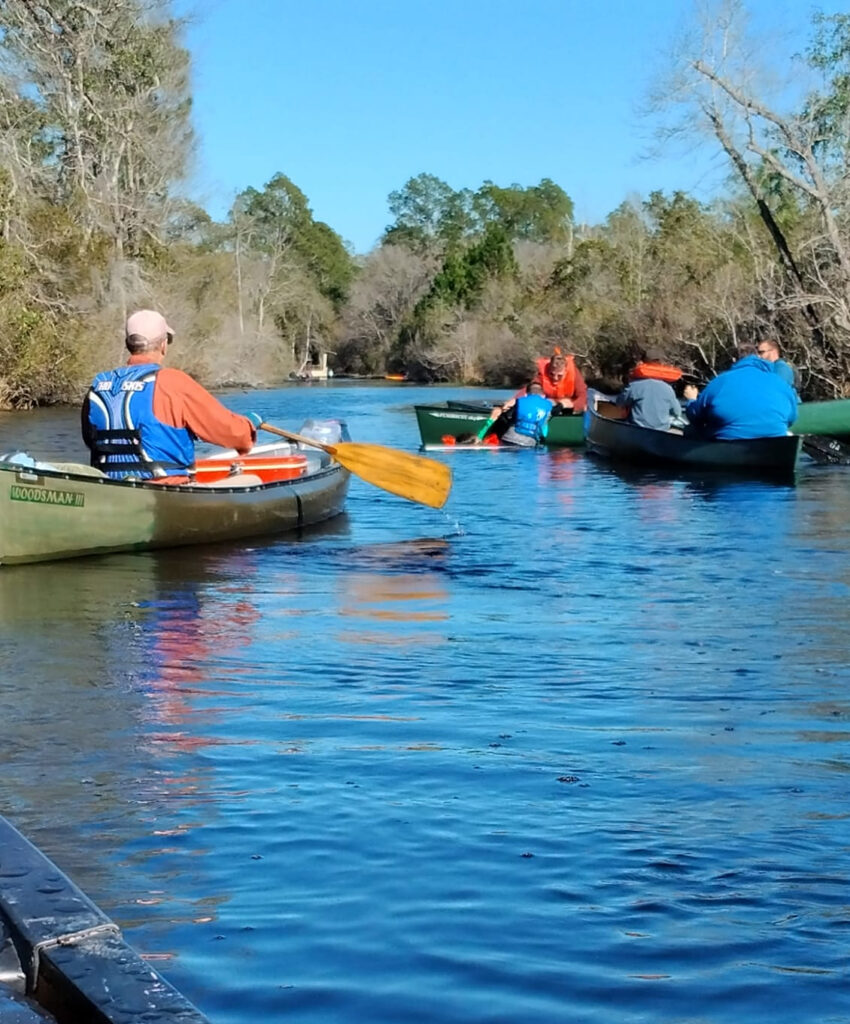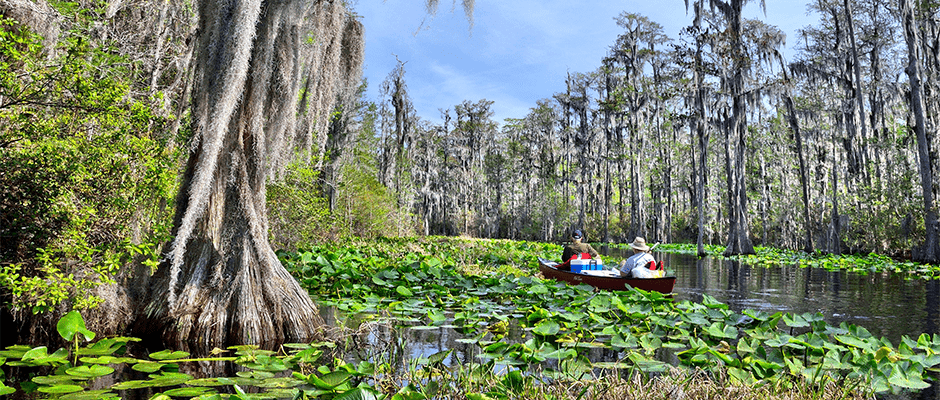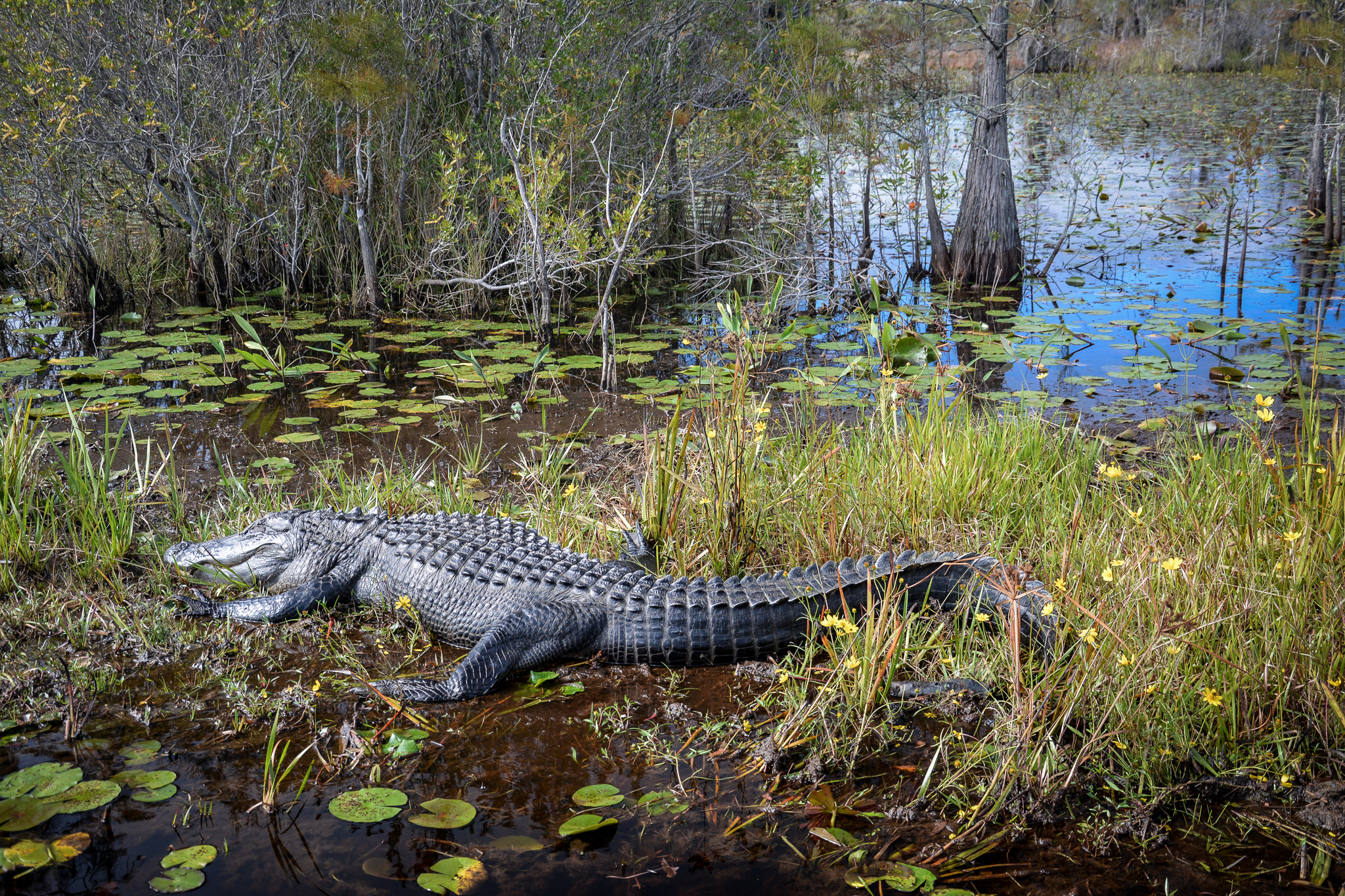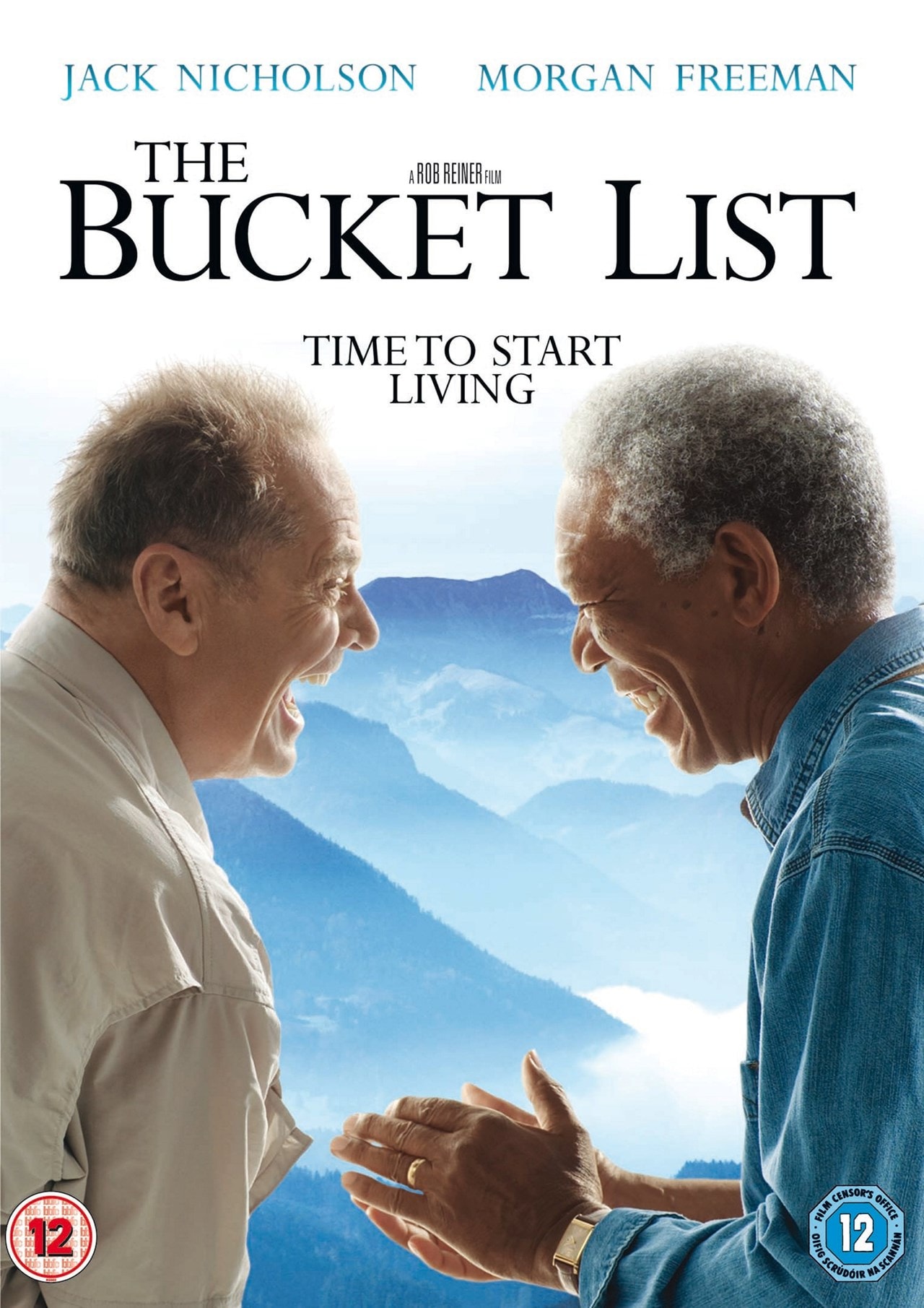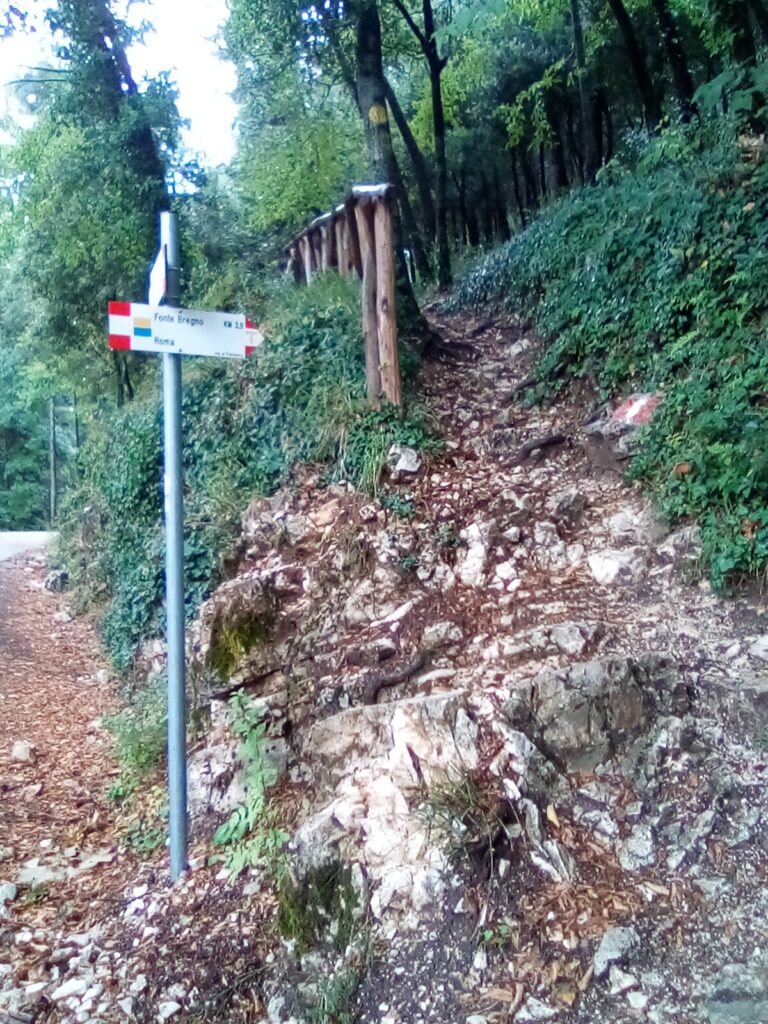* * * *
* * * *
After my last-post rueful meditation on a possible second Trump term, it’s time I turned back to some fun stuff. Like Walking the GR70. (The Robert Louis Stevenson Trail, described in his book, Travels with a Donkey in the Cévennes.) For starters, I’ll meet up with my two hiking companions in Le Puy-en-Velay. (After two days in Paris and two days in Lyon.) Then, after a day spent in Le Puy we’ll start the hike, about which I’ve done some research.
One site said that for the first few days after leaving Le Puy en Velay, “the GR 70 passes through forests and farmlands and the countryside appears deceptively gentle (although your leg muscles will likely disagree!). This is quintessential rural France.” But then, days later, “As the path approaches Mont-Lozère and climbs Col de Finiels (the highest point on the walk), the vegetation – and the livestock – disappears.” Tall rock formations line the edge of the trail and “during the walking season, the path is open and exposed to fierce sunshine and biting winds.”
But that comes after 50 miles of hiking, and 26 miles after Langogne, of which more later.
Then, 16 miles after climbing Col de Finiels, we come to Cévennes National Park. Of which another site said: “Continuing south to the Cévennes National Park, the GR 70 returns to the shelter of the forest with occasional glimpses through the trees to the wooded hills beyond. As you conquer each ridge, you’ll be richly rewarded with panoramic views of a landscape that appears to have been untouched for millennia.” Something to look forward to.
* * * *
Our first night after Le Puy is in Le Monastier-sur-Gazeille. That’s where Stevenson met an old man, “Father Adam,” and bought Modestine. He needed a donkey to “carry his sleeping pack, food supplies and other essentials needed for his journey.” When we hike into that town we should first pass by “Le Modestine,” an eatery, then a bit further “Bar Snack le Stevenson.”
After leaving Le Monastier we “commence with a short and relatively steep descent into the Upper Loire Valley. Then climb over 400 metres, through charming hamlets and across volcanic plateau.” On the trail to Pradelles – one of France’s “most beautiful villages” – the ascents and descents are less steep, but the trail is “far from flat… Climb to the volcanic plateau from the Arquejol Viaduct before descending through forest to the granite ‘City of the High Prairies.'”
Whatever that is. Maybe the “camping beyond the clouds,” below.
Which leads to a side note: Some addresses on my brother’s spreadsheet are hard to find on Google Maps. Like, on leaving Le Monastier we hike 11.5 miles to some place I couldn’t find. (Which is why they call such activities “exploring.”) I’m thinking we end up in Landos, on the trail from Le Monastier to Longogne, of which more later. From there we hike 11 miles and end up at Camping Nature Beyond the Clouds. (So named because it’s “located on a volcanic plateau at an altitude of 1100m [3,600 feet] with an unobstructed view of all horizons.”)
And it’s still 35 miles before we get to climb the Col de Finiels.
So anyway, after “Camping Beyond the Clouds” we hike 9.5 miles to a place on Route de Brugeyrolles, in Langogne. Google Maps shows two routes, the shortest 10.2 miles. (The spreadsheet says 9.5 miles.) Either way, we take our first day off there.
In his book Stevenson described the countryside “but nothing on the town itself,” even though it was the largest town on his route. And speaking of Langogne, I mentioned it in last May’s Gearing up for the Stevenson Trail. I ended the post noting the “infamous Beast of Gévaudan.” The Beast was said to be a “man-eating ogre” prowling the area of Langogne. (“It” first attacked a young woman tending cattle in the Mercoire Forest near Langogne, in the early summer of 1764.) I said I definitely needed to do “more research on that topic.”
Here’s what I learned. Stevenson mentioned it in “Camp in the Dark,” in his Travels. It turns out the Beast terrorized the province of Gévaudan, which we pass through. But as it also turns out, it was apparently shot and killed by a local hunter, Jean Chastel, in 1767. The killings stopped after that. On the other hand, one theory said the attacks were really caused by wolves:
Attacks by wolves were a very serious problem during the era, not only in France but throughout Europe, with thousands of deaths attributed to wolves in the 18th century alone. In the spring of 1765, in the midst of the Gévaudan hysteria, an unrelated series of attacks occurred near the commune of Soissons, northeast of Paris, when an individual wolf killed at least four people over a period of two days before being tracked and killed by a man armed with a pitchfork. Such incidents were fairly typical in rural parts of western and central Europe.
One site said on leaving Langogne we pass through “forest and charming hamlet en route to the medieval village,” Cheylard-l’Évêque, where we’ll spend Friday night. (After hiking 10.5 miles.) From there we go off the trail, the 11.8 miles to Saint-Étienne-de-Lugdarès. (Arriving Saturday afternoon, we hope.) On Sunday we hike a long 13.8 miles to La Bastide-Puylaurent.
Stevenson stayed at a Trappist monastery a mile and a half east of town. He described his stay at Notre-Dame-des-Neiges – “Our Lady of the Snows” – in a chapter of the same name. Nearing it he described the weather as desolate and inclement, and that he experienced a “slavish, superstitious fear.” (For one thing, places to stay were much harder to find back then; thus his “camping”) Aside from the monks – generally sworn to a vow of silence – he encountered only two other boarders, retraitants. (A word that can mean “retreater,” retiree or pensioner.)
One was a country parish priest, the other a retired “old soldier.” (He first came as a boarder, then decided to stay on as a novitiate.) At supper the first night the talk turned to politics, which led to a brief flareup. Next morning over coffee they “found out I was a heretic.” (In his 20’s he rejected Christianity and declared himself an atheist.) What followed? “Now the hunt was up.” He tried to defend himself but got instead a long lecture on the “harrowing details of hell.” The haranguing went on until finally Stevenson protested against “this uncivil usage.” That led to a comment that the two had “no other feeling but interest in your soul.” All of which is a reminder: “Never discuss politics, religion or the Great Pumpkin” with people you don’t know.
With that comment, “there ended my conversion.” Stevenson waited until after supper to saddle up Modestine and set off for Chasseradès. That’s a former commune – which merged with Mont Lozère et Goulet in 2017 – some six miles southwest of Le Bastide. And we too will stop at Chasserades, on our way to Le Bleymard, after a “mere” 8.2 mile hike.
I’ll cover that “rest of the hike” in my next post, which I hope will be before I leave for Paris.
* * * *

* * * *
The full link of the first source: Walking the GR70 Chemin de Stevenson – I Love Walking In France. See also Robert Louis Stevenson Trail GR70 – The Enlightened Traveller®. Both reviewers sometimes took different routes than those on our itinerary, so I’ll have to fill in those details in my After action report. (Compare that with an After-action review.)
For the “Great Pumpkin,” see Never Discuss Politics, Religion or the Great Pumpkin (ABC News):
Consider Linus, never without his blanket, as he philosophizes: ‘There are three things I’ve learned never to discuss with people: religion, politics and the Great Pumpkin…” [In discussing] the difference between believing in Santa Claus and believing in the Great Pumpkin, Charlie Brown observes, “We are obviously separated by denominational differences.”
(BTW: In Mont Lozère et Goulet we’ll still be 12.3 miles north of Col de Finiels.)
The lower image is courtesy of Abbey of Notre-Dame des Neiges – Wikipedia.
* * * *
